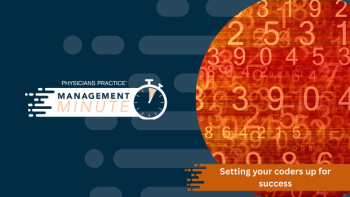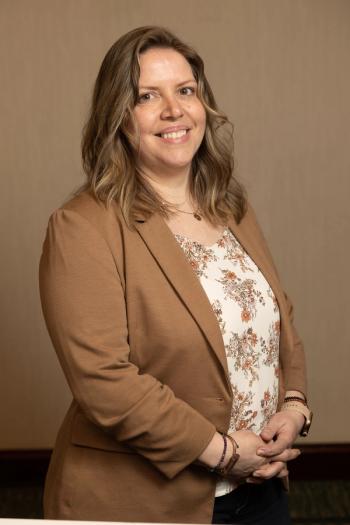
Why Our Independent Practice May Be at Its End
Unconventional choices in the past steered us to success in the present. But it’s the future that's looking murky for our independent practice.
We are many things: husband and wife, doctor and administrator, and parents. When you first meet us we appear pretty vanilla, but in fact, in our lives, when we come upon two metaphorical roads diverged in a wood, we often choose the one less traveled by. This month, on September 9, we celebrated 15 years of marriage and took time to reflect on our path so far and where we think we're going next.
Here are a few unusual choices we've made along our path so far. We met on Match.com in 1999 when very few people did that. We got engaged only six months after meeting and married nine months after that. Uncle Sam paid for Terence's medical school education which meant we spent the first six years of his career - and our marriage - as an active-duty military couple. The Air Force took us away from our home state of Massachusetts; we lived three years in Dayton, Ohio, and the next three in Albuquerque, New Mexico. In 2006, we opened
From 2006 to 2014, our micro-practice model worked well for us. We enjoyed an average income for primary-care pediatricians in our area all while maintaining work-life balance and giving patients long appointments that run on time. We also continually received high marks on patient satisfaction surveys and performed very well on the quality measures set by our independent physician association (IPA). And, because we were small and flexible, it was easy for us to adapt to changes, like integrating behavior health, into our model. It's not that small practice ownership has even been simple, but until recently we could make it work.
Our model in 2015, though, has stopped working as well. Understanding why our revenue is down, over 20 percent, is pretty easy and almost all due to the consolidation of insurance companies. To be clear, our problems are not at all uncommon; we see many primary-care peers, in all sorts of different practice models, suffering for the same reason. We are losing confidence that any independent practice model has the power to survive against the oligopoly of powerful insurance payers.
The pressure to abandon independence, and along with it the many benefits to ourselves and our patients, is increasing exponentially. The day is drawing near when we must choose between the road everyone else is taking -namely to abandon independence - or find a more creative road less traveled. For now, we appear to be on a single-lane, one-way highway to selling out without an off ramp to stay independent in sight.
Newsletter
Optimize your practice with the Physicians Practice newsletter, offering management pearls, leadership tips, and business strategies tailored for practice administrators and physicians of any specialty.








